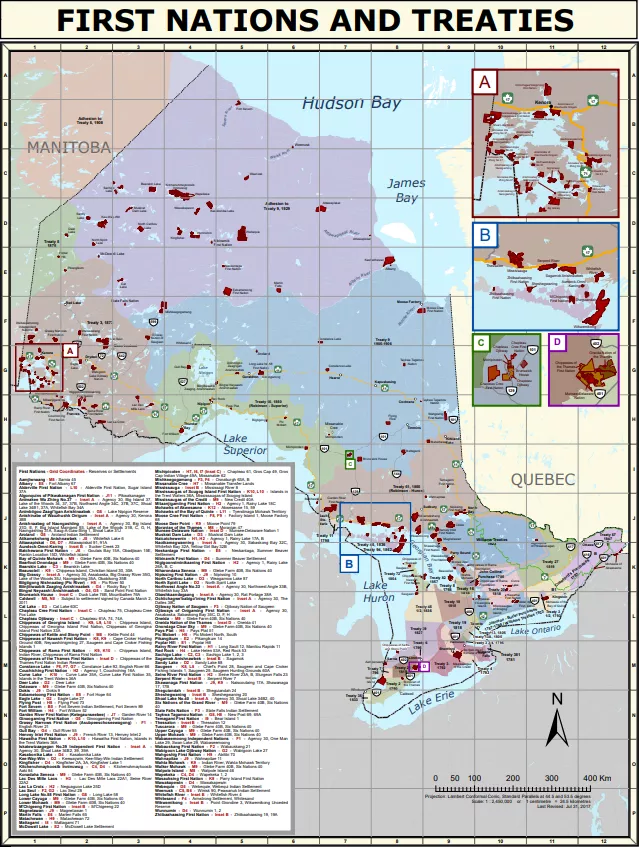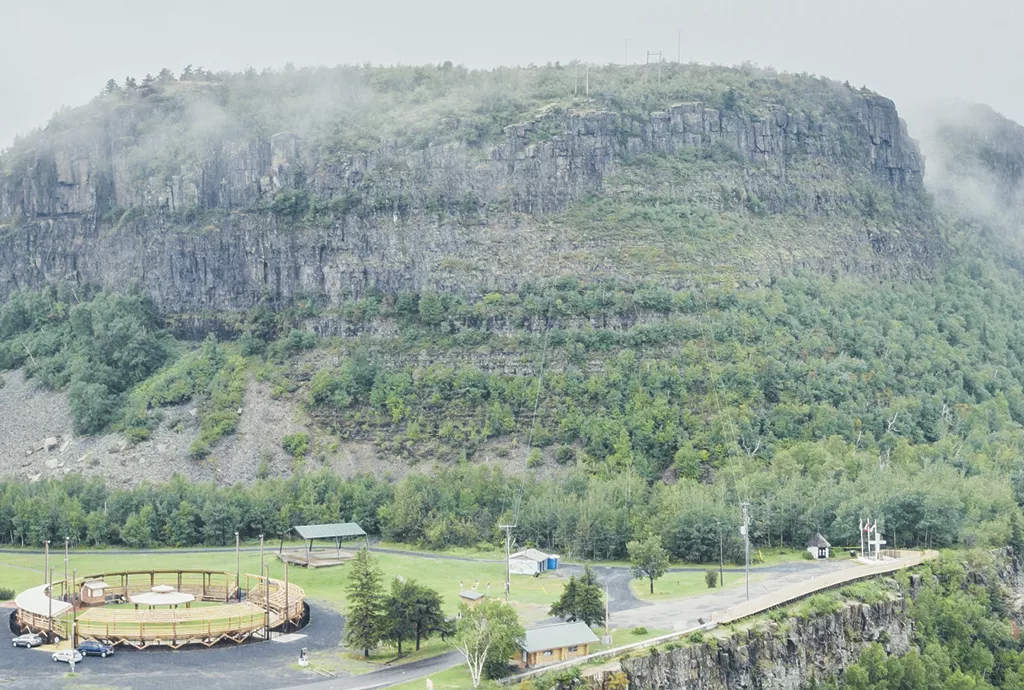Land Acknowledgement

We acknowledge that we are in the territory of the Anishinaabe peoples of northwestern Ontario. We work and live on the lands of Fort William First Nation, a signatory to the Robinson-Superior Treaty of 1850. We honour their enduring connection to this land and commit to working together for a sustainable future.
We also recognize that our seven regional campuses cross over multiple traditional and Treaty Territories, the historical contributions of Metis and Inuit Peoples, and that our students come to study from all over Turtle Island.
As part of the colonial history of Canada, non-Indigenous peoples have derived benefits from what the Truth and Reconciliation Commission defines as “cultural genocide” of Indigenous peoples in this country. We embrace our role and responsibilities in a national reconciliation process and acknowledge that we are accountable for this tragic history. At Confederation College, we are working to address injustices against Indigenous peoples and to honour our relationships with communities.
In renewing our relationships and building reconciliation processes, we are respecting the leadership of Indigenous people in changing the educational landscape.
Disclaimer: This interactive map is designed for illustrative purposes for educators, students, researchers, and the general public to gain a sense of Ontario’s treaty history. It does not reflect actual treaty boundaries and should not be relied on to assess legal rights. For accurate and complete information, please engage with local Indigenous peoples.
Attribution: This map was created with data used under license from Geobase, Geogratis, the Ontario Realty Corporation, Indigenous and Northern Affairs Canada, and Members of the Ontario Geospatial Data Exchange and data held by the Ministry of Indigenous Relations and Reconciliation.


